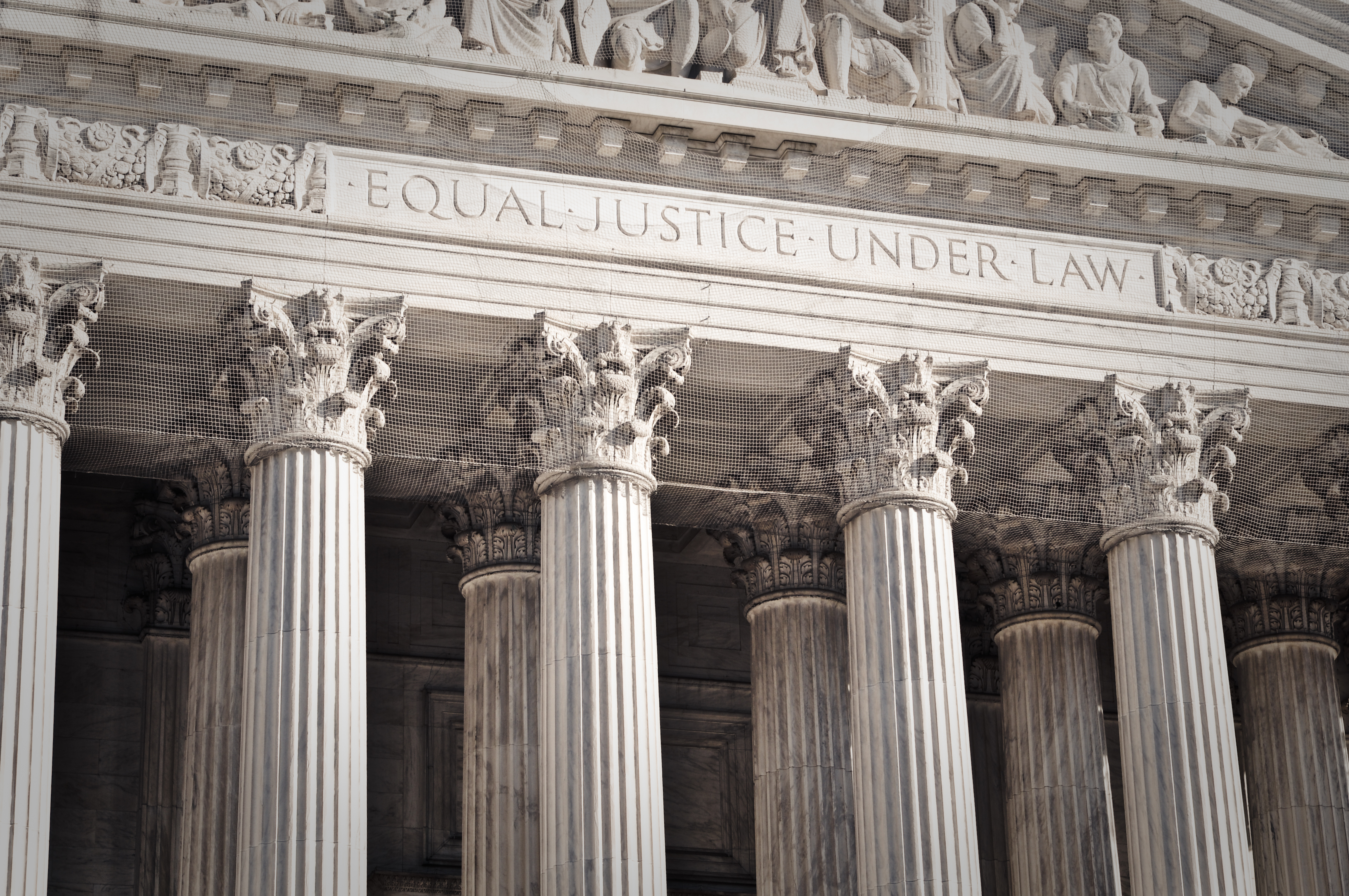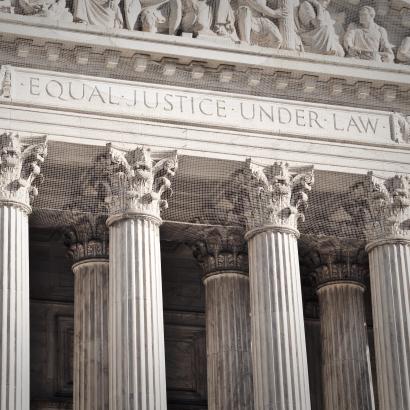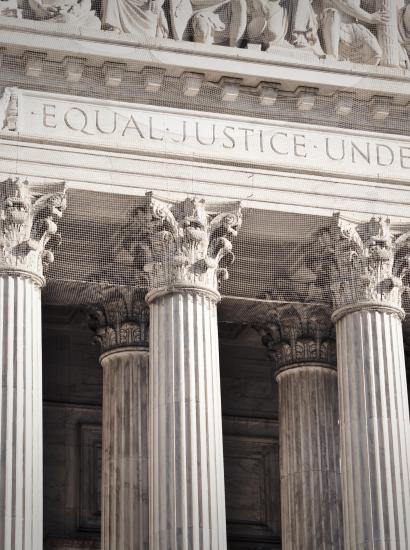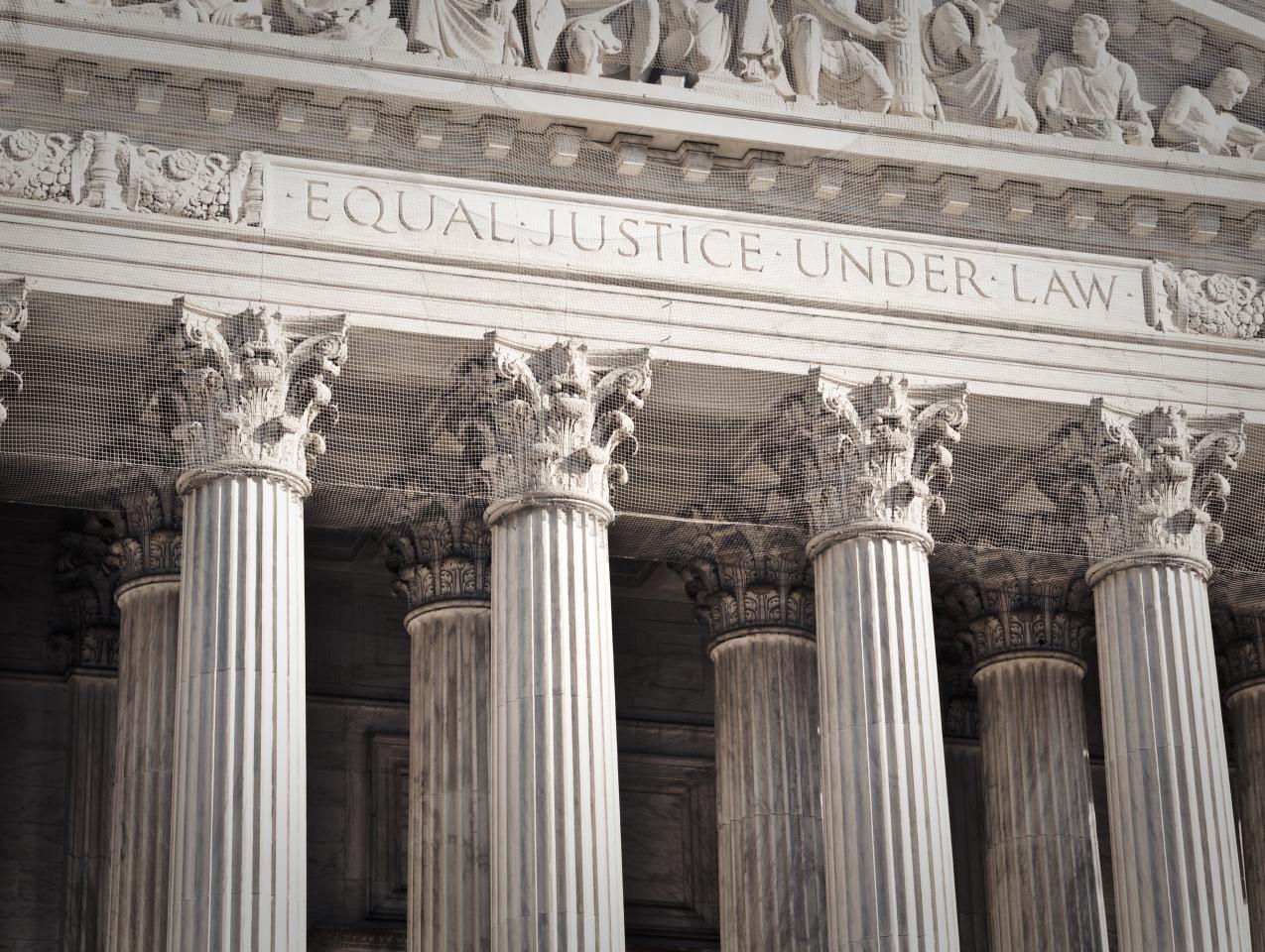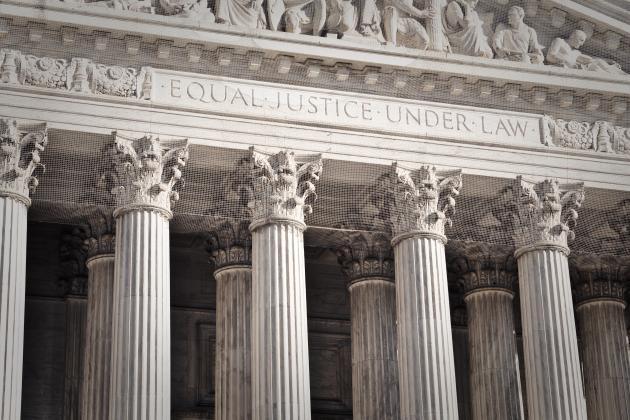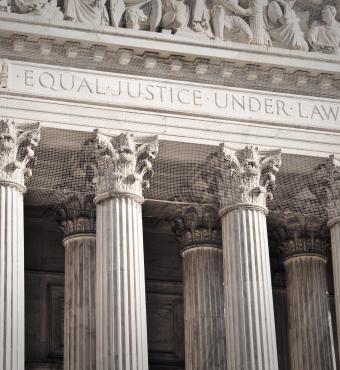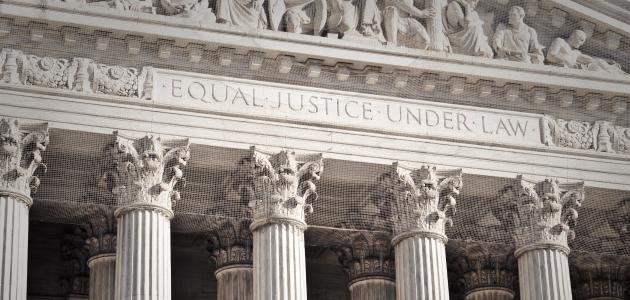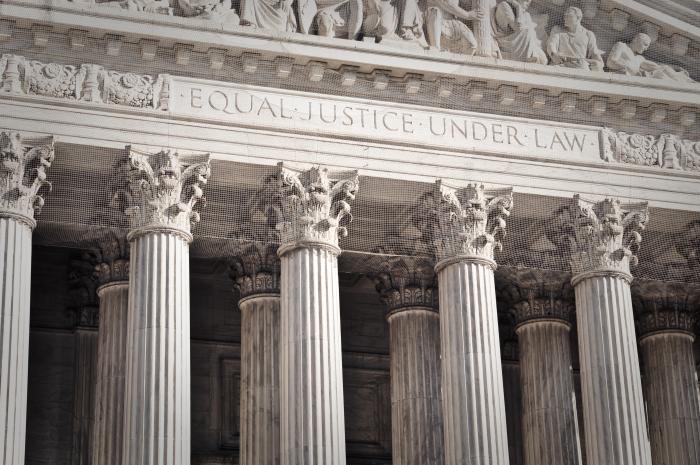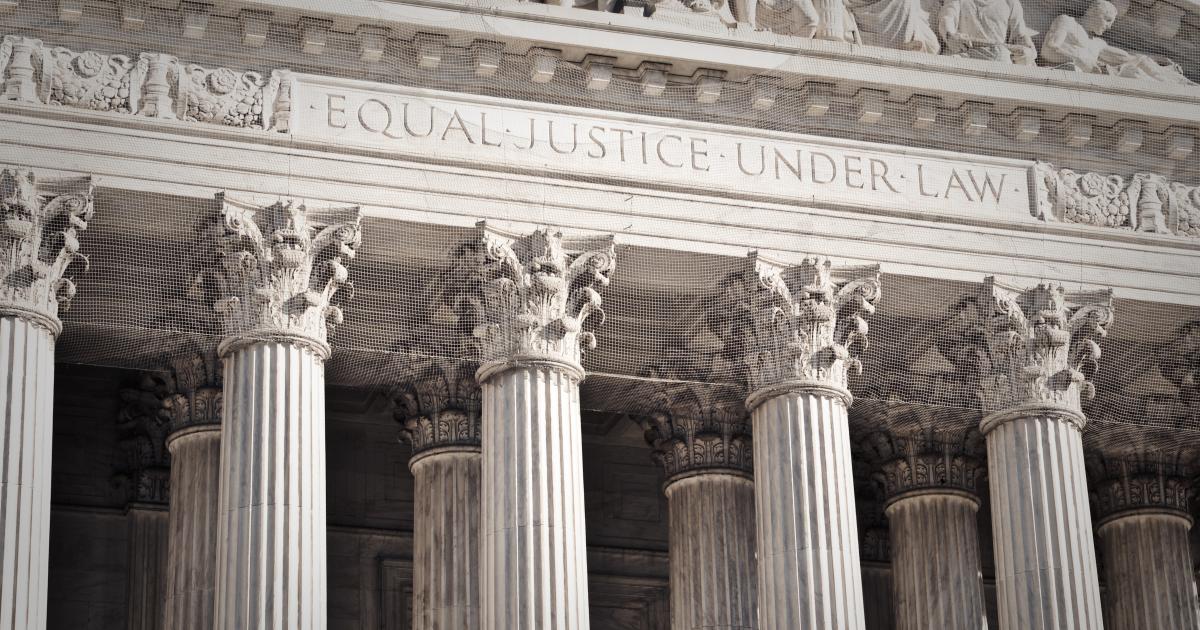- Law & Policy
- Judiciary
- Revitalizing American Institutions
In something of a shocker, a seven-two majority of the US Supreme Court, in an opinion written by Justice Clarence Thomas, has approved of the novel funding methods that Congress devised, largely under the guidance of Senator Elizabeth Warren, for one of her favorite agencies created by the 2010 Dodd-Frank legislation: the Consumer Financial Protection Bureau (CFPB). The CFPB’s stated mission is “to make consumer financial markets work for consumers, responsible providers, and the economy as a whole” by protecting the public from unfair, deceptive, and abusive business practices. As constituted, the CFPB has little interest in combating or limiting any potential abuses of its own administrative powers.
As the federal government candidly acknowledges in its petition for certiorari, the distinctive mission of the CFPB led Congress to endow the agency with special powers that insulate it from annual oversight by Congress. The first is that it has a sole director, not the usual set of five commissioners, who serves a term of five years, under which he is removable only “for cause,” defined as “for inefficiency, neglect of duty, or malfeasance in office,” which is operable in few if any cases. The Supreme Court invalidated the CFPB director’s “for cause” removal protections in 2020. Second, the work of the CFPB was funded solely by a partial transfer of the revenues generated by the Federal Reserve System, in the amount that the CFPB director deems “reasonably necessary to carry out” the agency’s duties, subject only to an inflation-adjusted financial cap, equal to 12 percent of the Federal Reserve’s total operating expenses. Note that, given these two combined layers of insulation, neither the Congress nor the Federal Reserve can block the appropriations, and the moneys so appropriated in one year, if not used, can be carried over to future years in perpetuity.
The novelty of this system attracted the attention of the courts, and in the instant case the Fifth Circuit in 2022 invalidated the scheme as “unprecedented” under the appropriations clause of the Constitution, which provides that “[n]o Money shall be drawn from the Treasury, but in Consequence of Appropriations made by law.” That court’s argument was that the purse and the sword should always be kept in separate hands to avoid political abuse, such that Congress could not discharge its functions unless it had “exclusive” power over the purse. In its merits brief to the Supreme Court, the Biden administration took issue with this characterization by quoting the great Justice Joseph Story for the general proposition, drawn from his Commentaries as reflecting the view of the Founders, “that Congress should possess the power to decide, how and when any money should be applied for [public] purposes.” There was no time limit built into Story’s proposition, which is not all that surprising given that, in the age before the modern administrative state, no Congress had ever attempted any scheme as bold and convoluted as the CFPB. That theme was then picked up nearly two centuries later by Justice Clarence Thomas in his majority opinion and by Justice Elena Kagan in her concurrence.
The argument here, which should make sophisticated originalists shudder, was essentially that appropriations are a complex process that has to match government funds with the multiple purposes for which the expenditures have to be made. They then mounted a full-court press to state that text, history, and structure all pointed in favor of Story’s broad reading of the appropriation power. Thus, so long as there was an initial congressional appropriation of public funds for some designated purpose—true in this case—no further constraint on the use of the money was needed to comply with the appropriations clause. At this point, both justices pointed to English history, whereby the Parliament was eventually able to force the Crown to acknowledge that it could spend only revenues approved by the Parliament, a practice which later followed in the American colonies, which made noncontroversial its incorporation into Article I of the Constitution.
The general practice, moreover, allowed for the appropriation of “sums not exceeding” a specified amount, which meant that the executive had the discretion not to spend all the moneys in question. Justice Kagan then offered a general statement that the alternative view could dismantle the administrative state given that “spending that does not require periodic appropriations (whether annual or longer) accounted for nearly two-thirds of the federal budget,” which includes popular programs like Social Security, Medicare, and Medicaid.
Both these arguments contain an excluded middle. It is perfectly sensible to think many programs do need multi-year appropriations and yet to note that flexibility need not go to all such authorizations. Thus, the simplest opening gambit is that the contours of the modern administrative state were in no way anticipated in the founding period. As Justice Samuel Alito put the proposition in his strong dissent, it is an odd reversal of the historical practices to say that once Congress claims hard-fought power over appropriation, it can then sign that power away by letting the CFPB “bankroll” its own operations, free of any congressional oversight.
That position is, moreover, strengthened by noting that, textually, these expenditures must be “in consequence” of an appropriation. In the view of the court, this reads like a “but for” causation, which ignores all the intervening actions that are needed to specify the dollars and cents so appropriated. In this instance, the proximate cause of the appropriation is not found in the broad congressional announcement that had no dollars and cents attached. Instead, it is only the unilateral declaration of that amount demanded by the head of the CFPB, no questions asked.
Yet why is that power, never found in the historical practice, needed in this particular case? Of course, it is well understood that Congress must be able to make multi-year appropriations for specific capital projects like federal dams and roads, which could never be undertaken unless Treasury bond issues—which have to be paid back over the years—can be floated in financial markets, where they will be subject to the discipline of the market. But those projects are the antithesis of the special funding at the beck and call of the CFPB, which commandeers tax dollars solely to administer its program, whose unique funding device is not found among the likes of the SEC and the FTC, which also have major administrative responsibilities.
In trying to combat the constitutional challenge, both Thomas and Kagan placed extensive reliance on the admittedly common practice that there is no obligation on any executive department to spend all the money that it receives, given the established practice in both England and the United States of making appropriations of “sums not exceeding” a stated amount. And so it is. But the correct inquiry asks what threat is there to the balance among the three federal branches if the president or his inferior officers return unspent funds to the Treasury. Surely, those returns are actions of fiscal prudence, not an aggrandizement of executive power. And so it is with the other standard practices of Social Security and Medicare that Thomas and Kagan use to treat this novel scheme as just business as usual in the administrative state. Given what the late Justice Robert Jackson called the “great silences” of the Constitution, it becomes imperative for the justices to engage in a process of statutory interpretation and resolve unsettled questions by asking what implicit limitations on an explicit power can make sure that it does not become a weapon of abuse. The annual appropriation, which was the norm, except for a two-year appropriation for the Army, should govern in the absence of any justification for greater budgetary freedom.
Other areas of law recognize the need to keep financial matters on an annual basis when possible. In Board of Public Utility Commissioners v. New York Telephone Company (1926), a complex ratemaking case, the Supreme Court insisted on the integrity of each accounting year, such that past losses could not be used to justify higher rates in the present period, and past gains could not be used to offset future losses. “Profits of the past cannot be used to sustain confiscatory rates for the future.” The good logic behind this rule prevents both the public utility and the company from playing financial games with rates for any particular year by saying that, somehow, it will all work out in the long run. Here we have a parallel situation in which there is vast discretion on spending that is given to one agency, but denied to all the others, without any clear statement to justify the shift in rules.
In light of this background, it is indefensible hyperbole for writers like Ian Millhiser of Vox to assert that the Supreme Court rebuked America’s “most reckless judges” by upholding the CFPB’s constitutionality. But nothing about blocking this false declaration of financial independence prevents treating the CFPB like other watchdog agencies. Ironically, only the worst form of originalism tolerates sharp deviations from settled practices, which do expand the dangers and abuses of the modern administrative state. Congress should fix this mistake in statutory design pronto.







